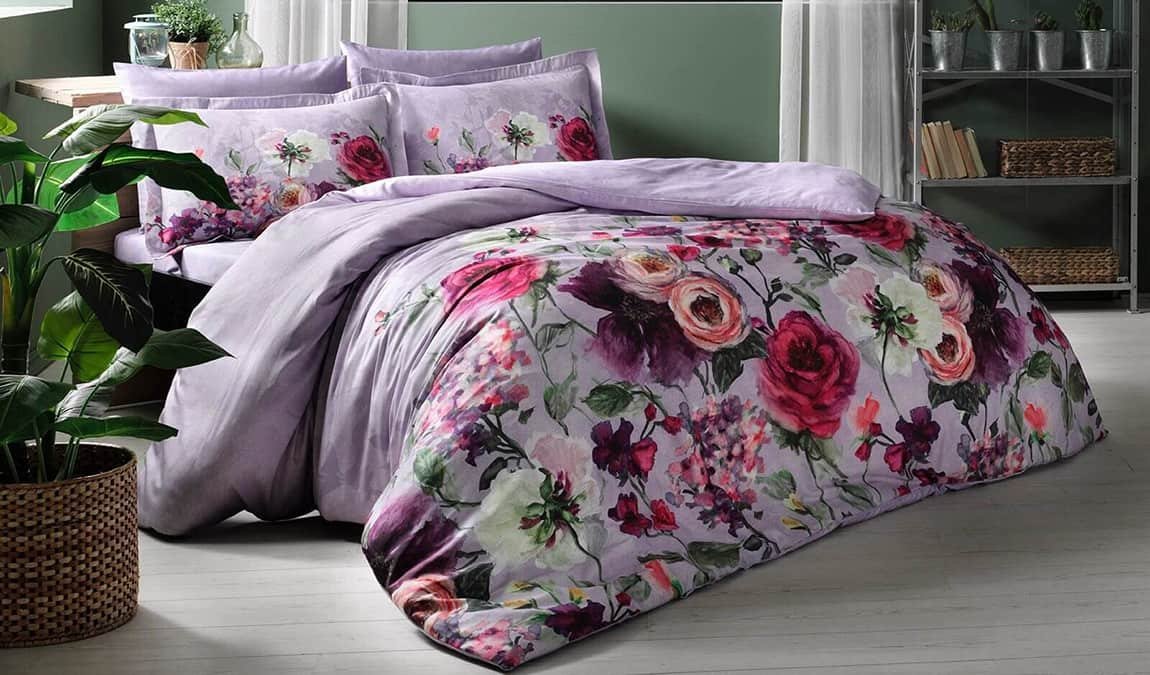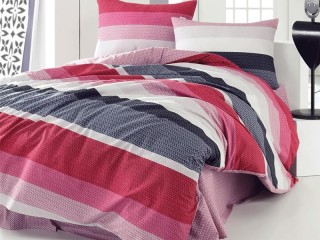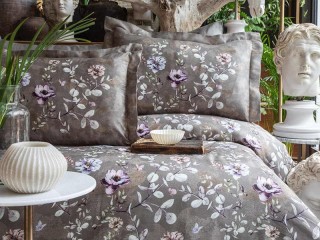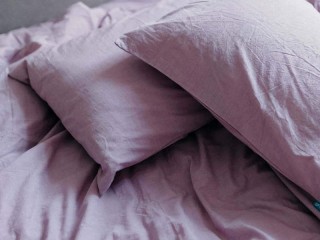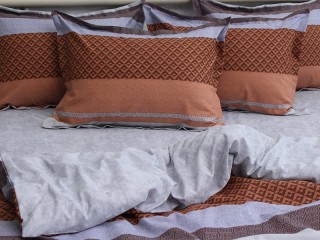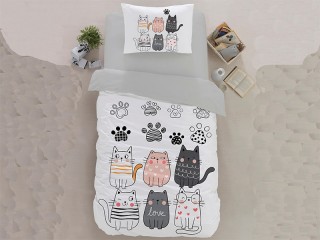Satin is a special weave of threads, where the facial threads are lengthened, thus ensuring the strength of the fabric, as well as a dense and beautiful structure. Satin is double-sided, has a front, shiny and smooth structure, the wrong side is rough to the touch, which favorably affects tactile sensations. It got its name from the city of the same name in China, where satin was first produced, although in those distant times it was made mainly from silk threads or wool. Chinese craftsmen made a discovery that made it possible to make a fabric with a very smooth and shiny surface, they saw the relationship between the degree of twisting of the thread and the formation of gloss. Therefore, by changing the strength of the twisting of the fibers before the manufacture of threads for weaving machines, fabrics of various textures were obtained. We answer the question: Is satin synthetic or natural fabric?
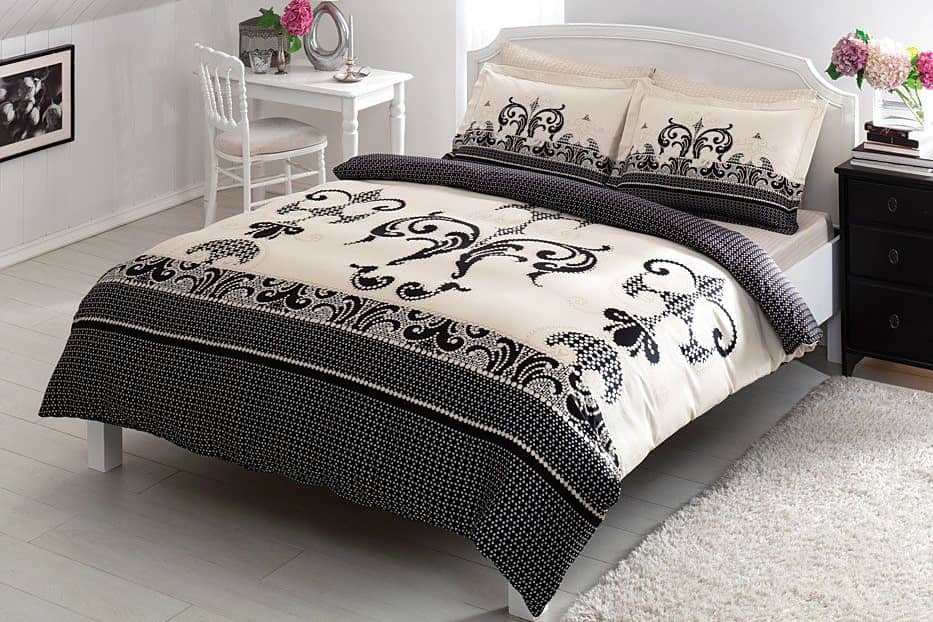
Types of satin fabrics by composition
- regular satin is made from 100% cotton fiber, this is cotton sateen or 100 cotton satin;
- luxury, delux or macosatin satin is made from long-staple exclusively natural Egyptian cotton, due to which the fabric is surprisingly smooth and soft, and also very resistant to abrasion;
satin jacquard, a variety of which is stripe-satin, is made from pure cotton, as well as with the addition of a small amount of synthetic fibers or silk fibers to give even greater shine, the most chic look that amazes the imagination with a variety of woven patterns on its surface, usually two-tone; - novosatin, as well as polysatin, consists of a mixture of cotton and polyester raw materials in various proportions, usually from 10 to 70%, pleasant to the touch, has a slight sheen;
silk satin is a material, the front surface of which is made of silk threads, and the bottom is made of cotton, surprisingly beautiful and graceful fabric is one of the best for summer bedding; - gloss satin fabric, which is used for sewing covers for home textiles, of increased density, with a characteristic silver color, which gives it a special dusting, is made from the finest polyester fiber;
slim satin-blended material, consists of 90% cotton and 10% threads of the finest microfiber, this combination allows you to get a fabric with a soft and silky structure, as well as shine; - microsatin is made from polyester microfibers, which form a fabric with a high density and soft structure, cotton fiber can be added in small amounts;
crepe satin has absorbed all the best properties of crepe fabrics, as well as satin shine and strength, the composition can be made of silk threads, cotton or blended; - premium satin is a group of satin fabrics that are distinguished by increased density, as well as multiple degrees of cleaning and the obligatory passage of the mercerization process, such types of satin practically do not wrinkle and have an excellent appearance;
satin bamboo material made by the method of satin weaving from bamboo fiber, it can consist entirely of bamboo, and it can contain cotton fibers, as an add-on;
satin tencel appeared quite recently, differs from cotton satin in that the raw material is eucalyptus fiber, which gives this type of fabric amazing properties of exceptional softness and silkiness, as well as an obstacle to the development and appearance of pathogens, that is, it has an antibacterial ability;
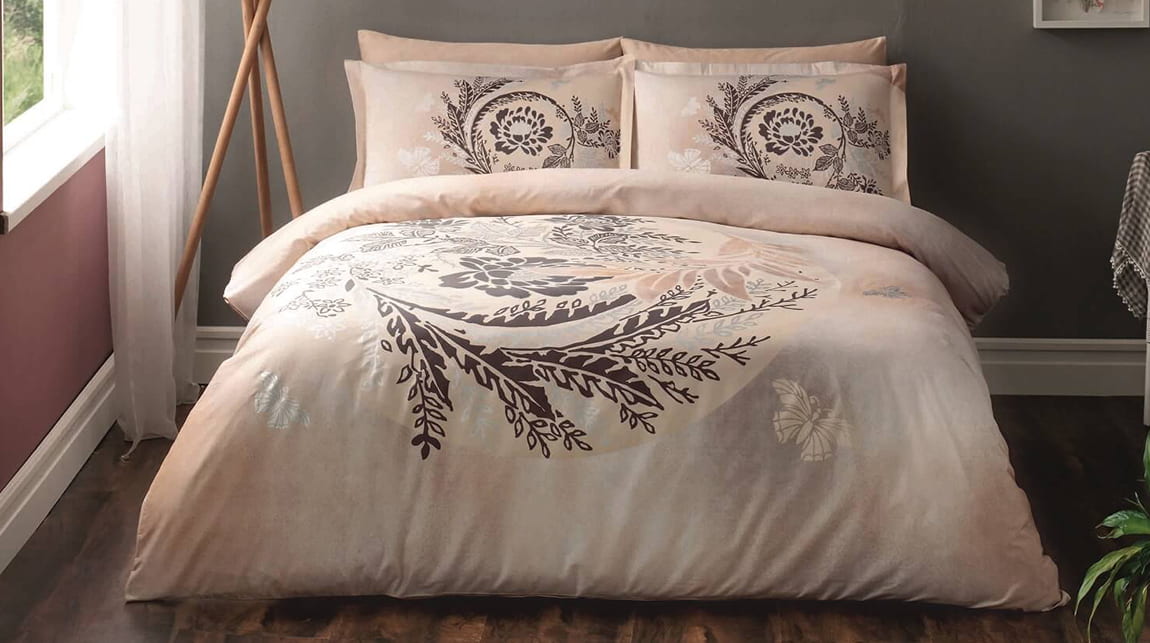
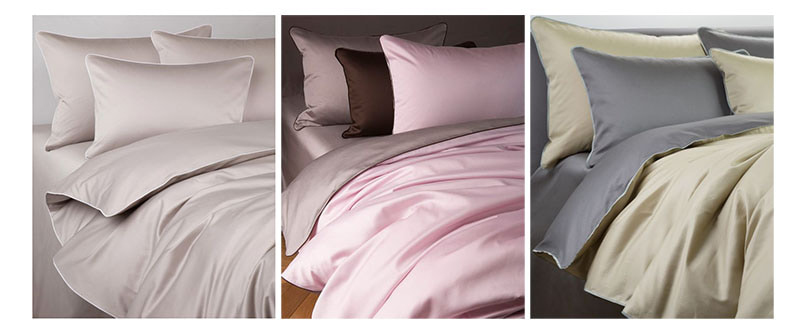
The history of satin fabric
In the twelfth century, merchants brought satin to Europe and the local artisans adopted the process of making this fabric. Subsequently, having changed the production technology of satin, they began to make it from cotton fibers, which led to a decrease in the cost of the fabric, but did not worsen its properties, but on the contrary, the sliding properties decreased. In the Middle Ages, satin was a sign of luxury, since the process of making it was very laborious. With the introduction of looms and the reduction in the cost of the production process, satin bedding has become available to a wider number of buyers.
In the nineteenth century in France, the method of mercerization was invented, which consisted of soaking the fabric before dyeing in natural alkaline solutions, due to which the threads swell and become fluffy. This pile was sheared and the result was the softest, pill-free fabric. Also, the mercerization process helps to improve the dyeability of the fabric and the retention of color. High-quality satin without fail goes through the process of mercerization, as a result of which the fabric gets its characteristic features. Satin that has undergone an expensive mercerization procedure is called mercerized satin, it does not fluff after several washes and retains its gloss and smoothness for a long time.
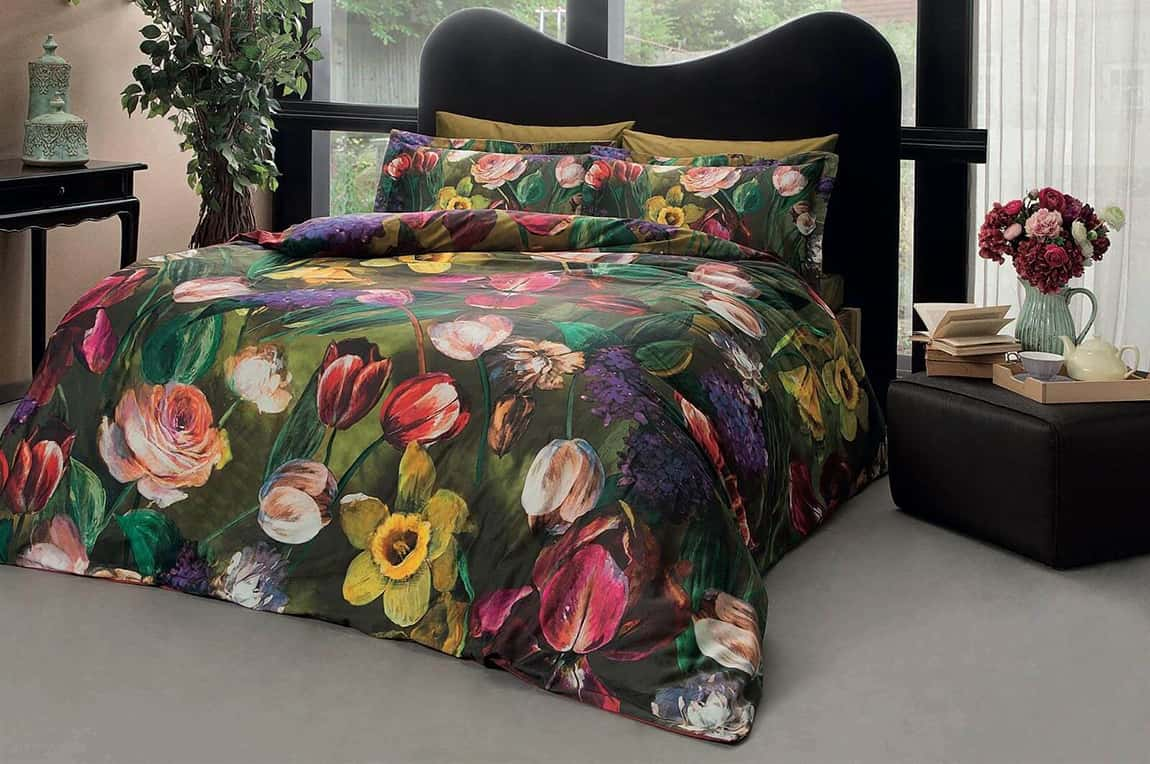
Types of satin by density:
Satin is one of the densest fabrics for bedding - this is both its advantage and its own disadvantage. Since the increased density interferes with the free circulation of air, hygiene indicators, such as thermal conductivity and air permeability, deteriorate. Therefore, some people are not comfortable using satin bedding in the summer, but this feature can be eliminated by purchasing satin bedding with a low density of fabric.
- 90-110gr / m2 - low satin density, used for sewing bed linen, which is wonderful to use in summer, as well as summer clothes, the price is comparable to ranfors;
- 110-125grm2 - average density characteristics, indicating a fairly long service life and that bed linen, as well as other satin products, will not be enlightened;
- 125-135 grams per square meter, standard values for satin, speak of good quality and a long period of use;
- satin jacquard, stripe satin, as well as luxury and premium satin fabrics, have a density of 140g / m2 and reach 160 grams, usually to improve breathability, such sets are made in collaboration with medium density satin;
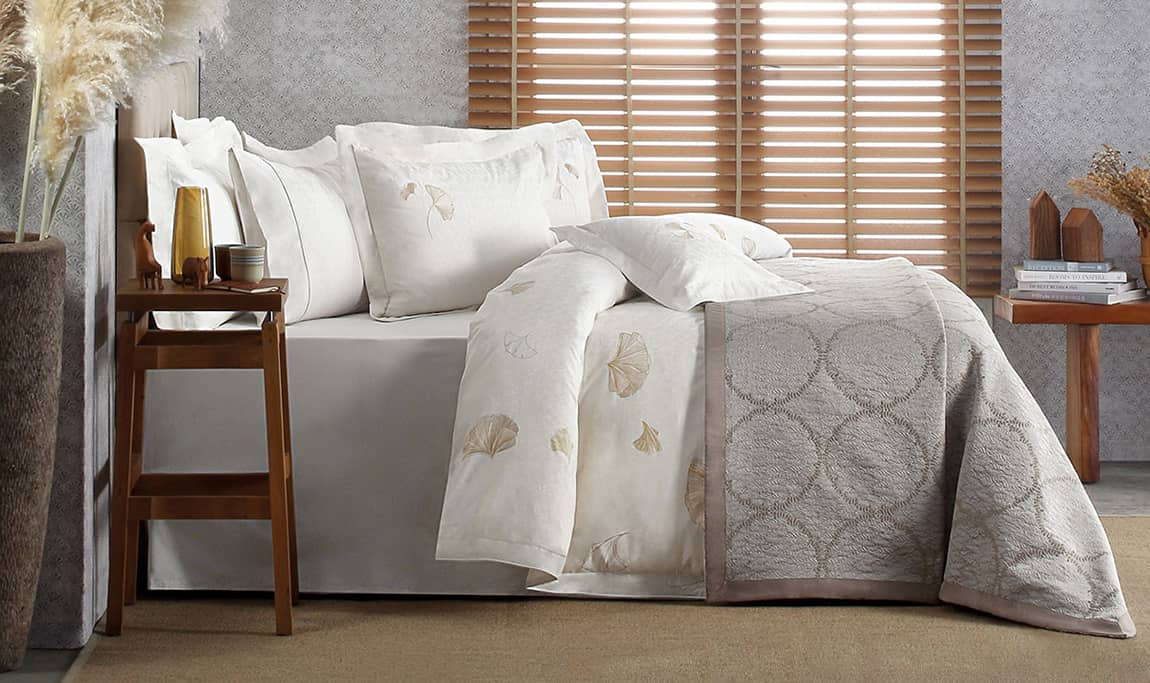
Application of satin fabric
This fabric is used in a wide range, clothes, chic shoes, but it was most widely used when sewing home textiles. After all, the most advantageous satin looks like a large array, showing all the beauty of textures and patterns. Tablecloths, napkins, curtains, elite and premium class blanket and pillow covers, sleeping sets and even exquisite stretch ceilings and wallpapers.
Types of satin fabric for dyeing
- the unbleached look has a grayish-beige color, it is rarely used, mainly when sewing eco-friendly sleeping sets;
- bleached satin from the name, the color is clear - pure white, is used in hotels and other public institutions, recently it has become popular in everyday life;
- plain-dyed satin is distinguished by its uniformity, it is made by weaving threads already dyed in the desired color, due to this, the density of the finished fabric increases;
- printed satin is painted by rolling through rollers with certain dyes, which alternate at a certain interval, creating a solid repeating canvas;
- satin is a reactive type of dyeing, in which, under pressure, natural dyes penetrate into the fibers, thereby increasing the density of the fabric, as well as improving the structure of the pattern;
- coupon satin is the most expensive type, as it is made in limited editions with author's drawings, which are specially designed for the size of bed linen;
- satin 3D is a type of reactive coloring using a computer program that modulates 3D drawings;
- satin 5d is a new level of realization of immersion in reality, this technology is designed to completely immerse in the drawing, because it fascinates with its realism;
- satin digital material, dyed using the latest computer technology exclusively with natural dyes that provide exceptional print clarity, is used for luxury products;
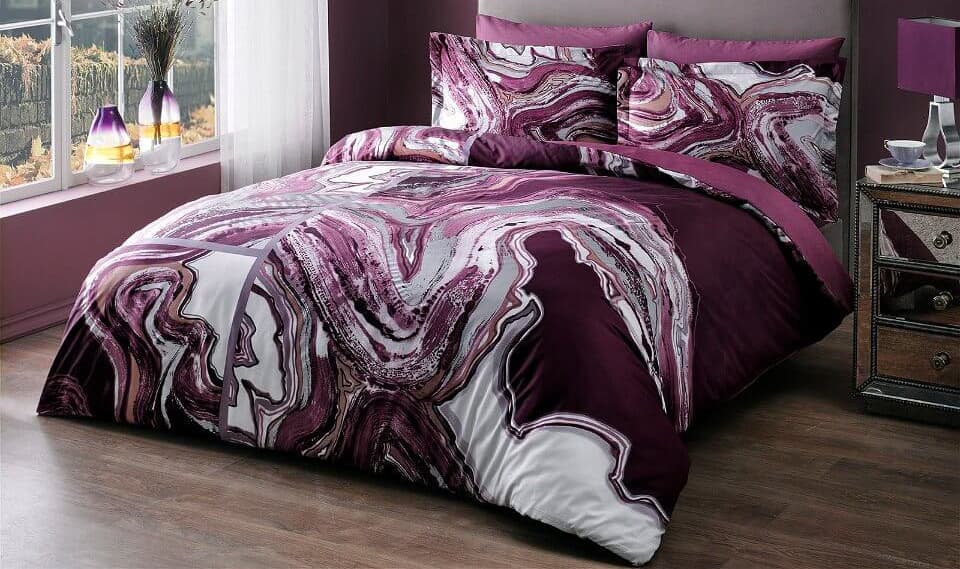
Satin characteristic, pros and cons
the pluses include the following properties:
- - noble and sophisticated appearance;
- - practically does not wrinkle, has a shine and a smooth fabric structure;
- - high wear resistance, the service life of satin products is more than one year;
- - soft and silky - ideal for people with sensitive skin;
- - natural and environmentally friendly;
- - hypoallergenic, suitable for people prone to allergic reactions;
the disadvantages include a fairly high cost, as well as high density, which is very easy to solve.
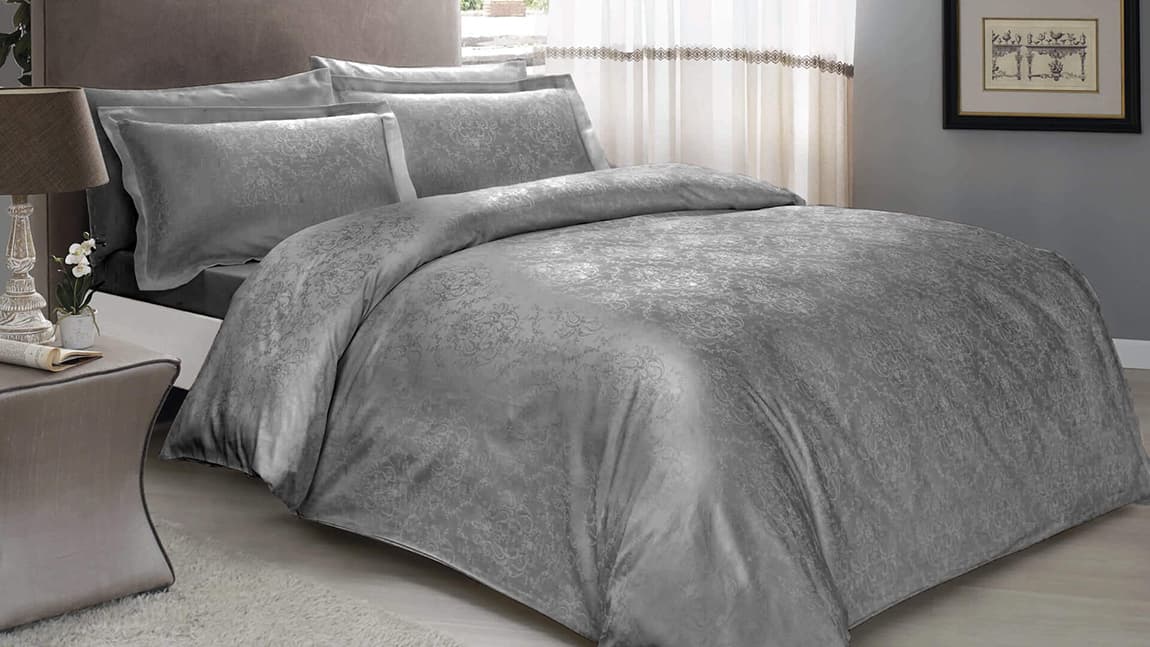
What is satin for bed linen?
Satin for bed linen differs in density characteristics, as well as in the composition of the fabric. It also differs in the painting method, the quality of the raw materials used and whether the mercerization process or the less expensive hot roll rolling procedure, the effect of which is not so long-lasting.
